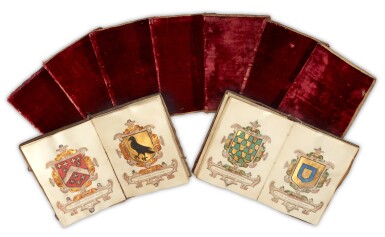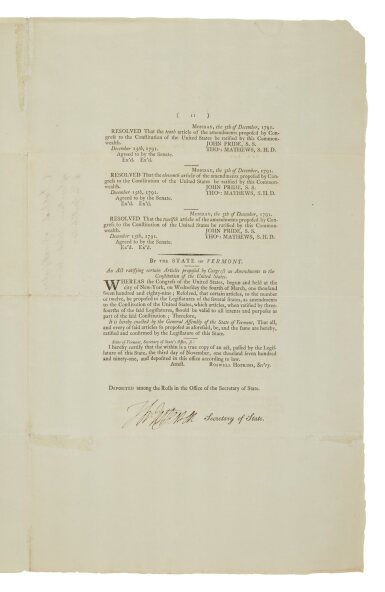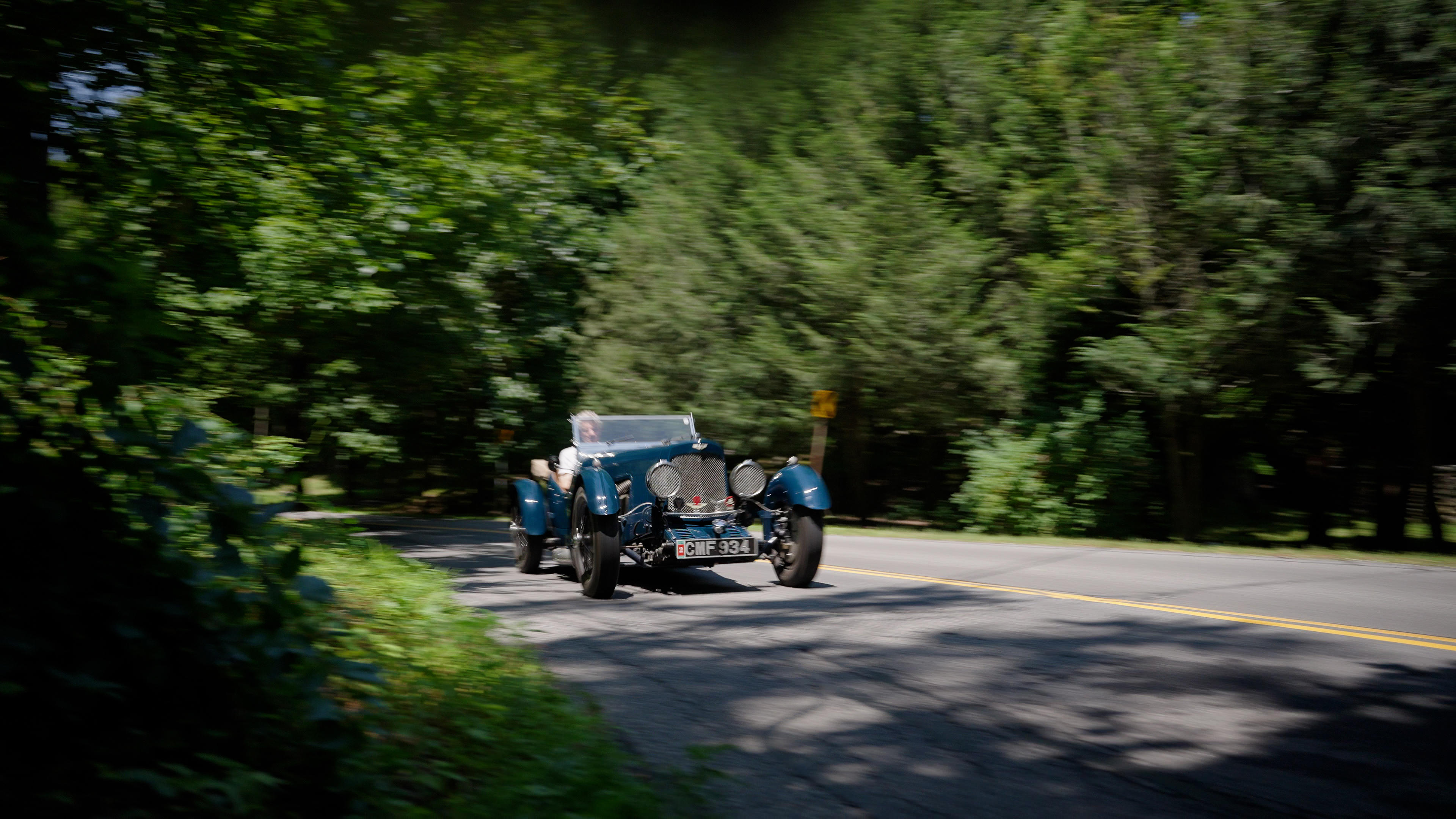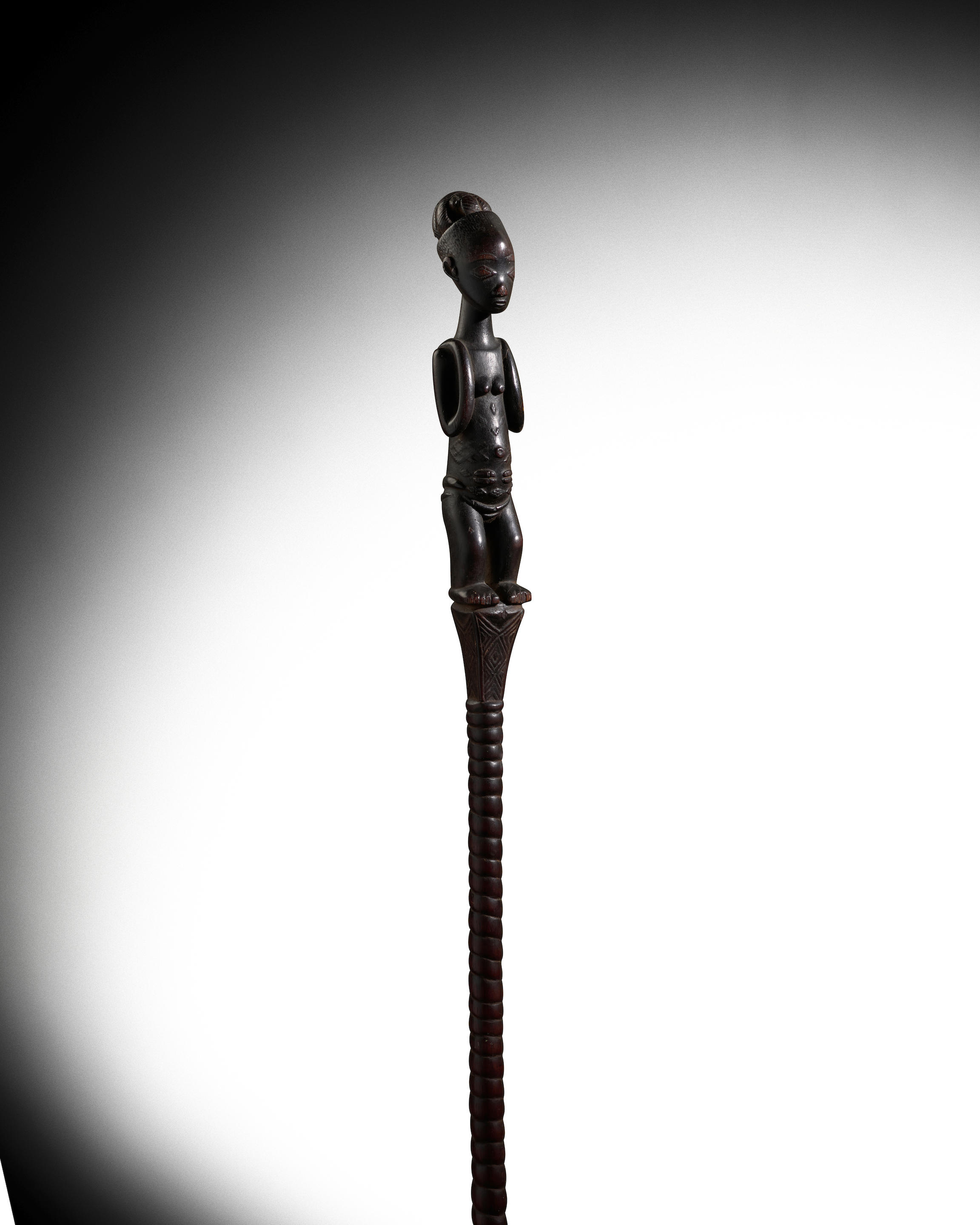The C.I.E. and Great War group of five awarded to Captain Frederick Williamson Middlesex Regiment and Gurkha Rifles, later a distinguished Political Officer in Tibet, Sikkim and Bhutan The Most Eminent Order of the Indian Empire, C.I.E., Companion’s 3rd type neck badge, gold and enamels, complete with neck cravat in Garrard & Co case of issue; British War and Bilingual Victory Medals, with copy M.I.D. oak leaf (Capt. F. Williamson.); Territorial Force War Medal (Lieut. F. Williamson. Attd. Middx R.); Jubilee 1935, the last four court mounted, nearly extremely fine (5) £2,400-£2,800 Footnote C.I.E. London Gazette 3 June 1935: ‘Frederick Williamson, Esq., of the Political Department, Political Officer, Sikkim.’ M.I.D. London Gazette 5 June 1919 (Allenby). Frederick Willamson was born in 1891 and educated at Bedford School from which he won a scholarship to Emmanuel College, Cambridge. He passed the Indian Civil Service examination of 1913 and on arrival in India towards the end of the following year was posted to Bihar and Orissa. Williamson was first commissioned in November 1913 and appeared on the Territorial Force Reserve General List. In October 1914, soon after the outbreak of the Great War, he was commissioned as a Lieutenant in the Indian Army Reserve of Officers. He served first in India, with the 1/9 Middlesex Regiment. On 4 October 1916 Williamson joined the 1st Battalion of the First Gurkha Rifles in Mesopotamia. In December 1916 the Battalion moved to a position east of the Turkish stronghold of Kut-al-Amarah, which it prepared to attack. In a great bend of the river there were two parallel lines of mounds about twenty feet high, and the area was known as the East Kut Mounds. The Turks held this bend of the river with two lines of trenches running from bank to bank. On the evening of 22nd December Williamson (by then a Temporary Captain) led ‘A’ Company forward fifteen hundred yards and occupied without opposition a Turkish advanced post. This was wired and consolidated during the night. On the night of the 30th the Battalion was ordered to dig two communication trenches forward about three hundred yards to two ‘T heads’, or forward posts, about 600 yards from the Turkish main line. Williamson commanded the working party of 200 men. A vivid flash of lightning lit up the scene just as the working party was moving forward and the Turks poured in a heavy fire, killing one officer and three soldiers, and wounding Williamson and others. Nevertheless, the trenches and T heads were completed and occupied by dawn. The attack was successful and by March 1917 both Kut and Baghdad had fallen. At the Battle of Jabal Hamrin on 25 March, the senior officers of the Battalion were severely wounded and Williamson assumed command, a post he held for a month. In July 1917 the Battalion advanced to Falluja on the left bank of the Euphrates. Day temperatures were as high as 53 degrees C, at night they were over 40 degrees: water was in short supply. Towards the end of the month the Battalion was withdrawn to Baghdad, and spent August and September patrolling the railway line. Williamson was confirmed in the rank of Captain in October 1917. In November 1917 the Battalion moved up by railway to Samarrah on the Tigris, and then advanced along the Tikrit road. The 1st Gurkhas remained in the Samarrah area until the end of the year. In March 1918 the Battalion marched back to Baghdad; it then proceeded by river craft and rail to Basra, and sailed for Suez, where it entrained for Palestine. On arrival, Williamson and ‘D’ Company of the 1st Gurkhas were detached and transferred to form part of 4/11 Gurkhas, a new battalion. Williamson served for the rest of the war in Palestine and Egypt and was mentioned in dispatches for his distinguished service. After being demobilized he returned to the Indian Civil Service and from 1919 to 1922 held various appointments in Bihar and Orissa. Shortly after his return he applied for a transfer to the Forei
The C.I.E. and Great War group of five awarded to Captain Frederick Williamson Middlesex Regiment and Gurkha Rifles, later a distinguished Political Officer in Tibet, Sikkim and Bhutan The Most Eminent Order of the Indian Empire, C.I.E., Companion’s 3rd type neck badge, gold and enamels, complete with neck cravat in Garrard & Co case of issue; British War and Bilingual Victory Medals, with copy M.I.D. oak leaf (Capt. F. Williamson.); Territorial Force War Medal (Lieut. F. Williamson. Attd. Middx R.); Jubilee 1935, the last four court mounted, nearly extremely fine (5) £2,400-£2,800 Footnote C.I.E. London Gazette 3 June 1935: ‘Frederick Williamson, Esq., of the Political Department, Political Officer, Sikkim.’ M.I.D. London Gazette 5 June 1919 (Allenby). Frederick Willamson was born in 1891 and educated at Bedford School from which he won a scholarship to Emmanuel College, Cambridge. He passed the Indian Civil Service examination of 1913 and on arrival in India towards the end of the following year was posted to Bihar and Orissa. Williamson was first commissioned in November 1913 and appeared on the Territorial Force Reserve General List. In October 1914, soon after the outbreak of the Great War, he was commissioned as a Lieutenant in the Indian Army Reserve of Officers. He served first in India, with the 1/9 Middlesex Regiment. On 4 October 1916 Williamson joined the 1st Battalion of the First Gurkha Rifles in Mesopotamia. In December 1916 the Battalion moved to a position east of the Turkish stronghold of Kut-al-Amarah, which it prepared to attack. In a great bend of the river there were two parallel lines of mounds about twenty feet high, and the area was known as the East Kut Mounds. The Turks held this bend of the river with two lines of trenches running from bank to bank. On the evening of 22nd December Williamson (by then a Temporary Captain) led ‘A’ Company forward fifteen hundred yards and occupied without opposition a Turkish advanced post. This was wired and consolidated during the night. On the night of the 30th the Battalion was ordered to dig two communication trenches forward about three hundred yards to two ‘T heads’, or forward posts, about 600 yards from the Turkish main line. Williamson commanded the working party of 200 men. A vivid flash of lightning lit up the scene just as the working party was moving forward and the Turks poured in a heavy fire, killing one officer and three soldiers, and wounding Williamson and others. Nevertheless, the trenches and T heads were completed and occupied by dawn. The attack was successful and by March 1917 both Kut and Baghdad had fallen. At the Battle of Jabal Hamrin on 25 March, the senior officers of the Battalion were severely wounded and Williamson assumed command, a post he held for a month. In July 1917 the Battalion advanced to Falluja on the left bank of the Euphrates. Day temperatures were as high as 53 degrees C, at night they were over 40 degrees: water was in short supply. Towards the end of the month the Battalion was withdrawn to Baghdad, and spent August and September patrolling the railway line. Williamson was confirmed in the rank of Captain in October 1917. In November 1917 the Battalion moved up by railway to Samarrah on the Tigris, and then advanced along the Tikrit road. The 1st Gurkhas remained in the Samarrah area until the end of the year. In March 1918 the Battalion marched back to Baghdad; it then proceeded by river craft and rail to Basra, and sailed for Suez, where it entrained for Palestine. On arrival, Williamson and ‘D’ Company of the 1st Gurkhas were detached and transferred to form part of 4/11 Gurkhas, a new battalion. Williamson served for the rest of the war in Palestine and Egypt and was mentioned in dispatches for his distinguished service. After being demobilized he returned to the Indian Civil Service and from 1919 to 1922 held various appointments in Bihar and Orissa. Shortly after his return he applied for a transfer to the Forei

.jpg)













Try LotSearch and its premium features for 7 days - without any costs!
Be notified automatically about new items in upcoming auctions.
Create an alert